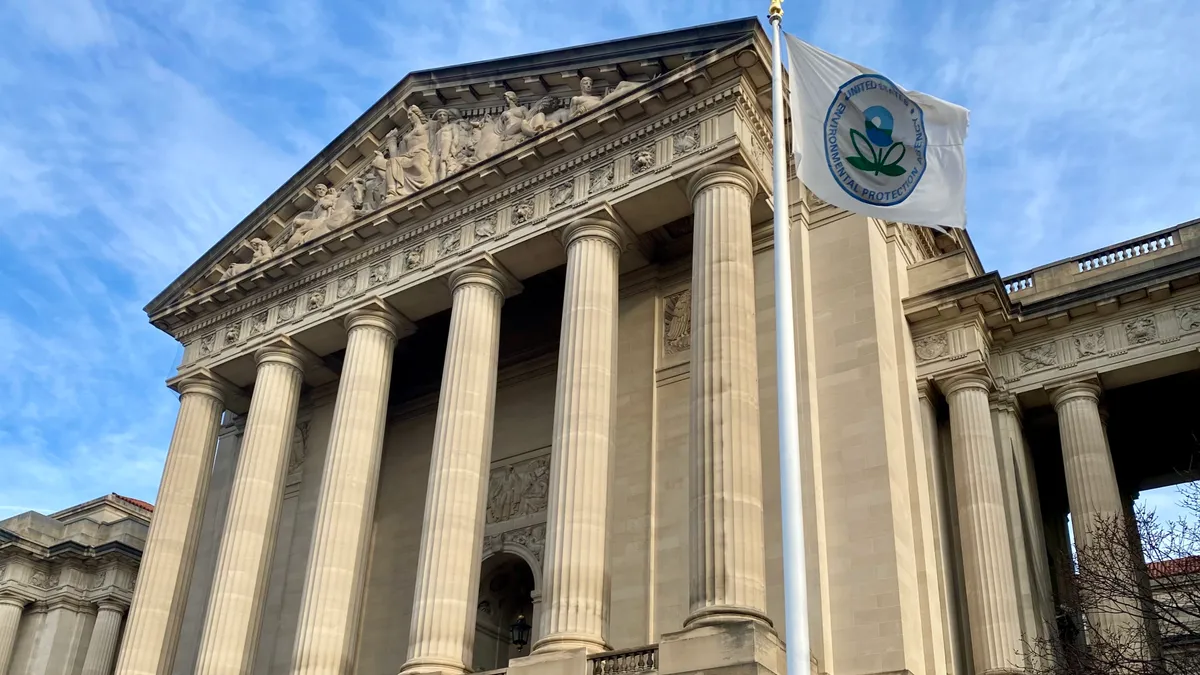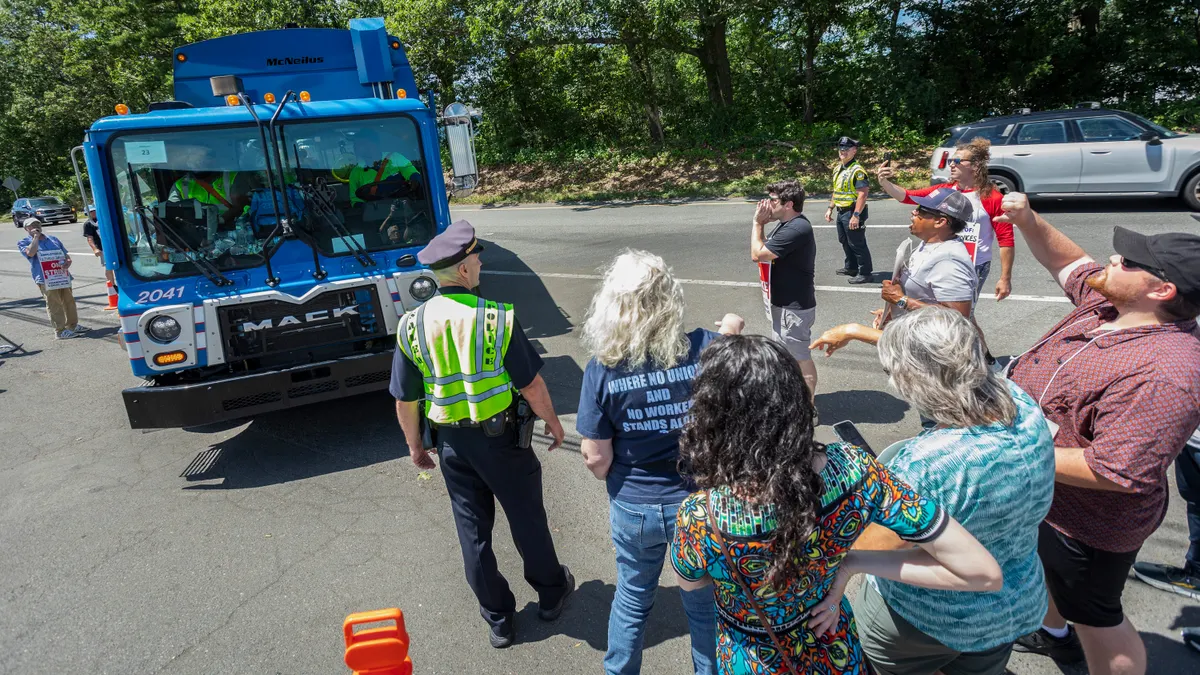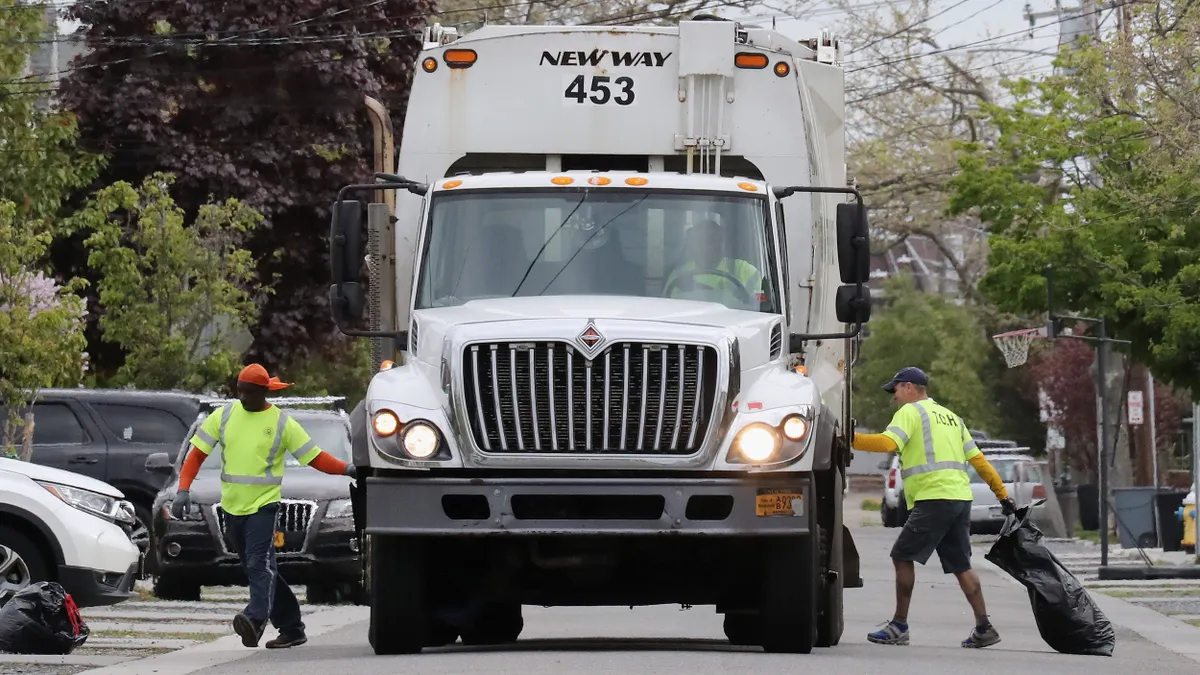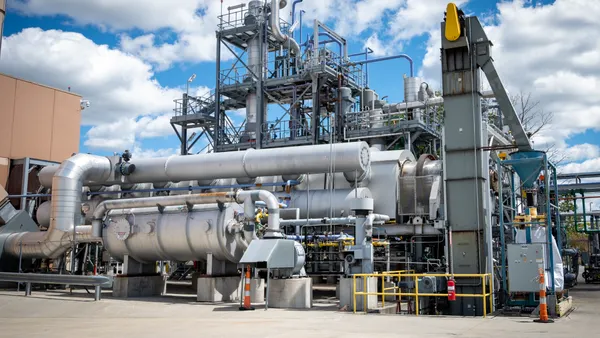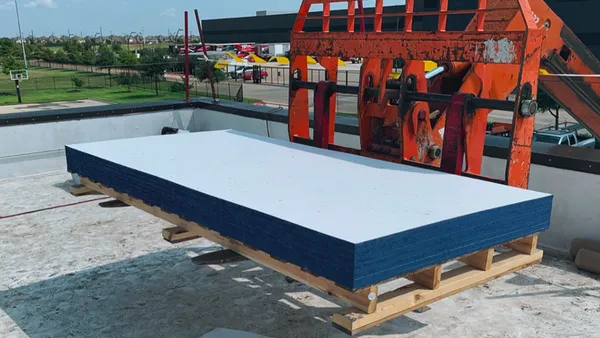Dive Brief:
- President Donald Trump’s proposed budget, released Friday, would reduce federal funding for waste and recycling activity. The budget is for fiscal year 2026, which begins Oct. 1, and is Trump's opening offer before negotiations take place with Congress on the final budget.
- The proposal includes wide-ranging cuts, including to the U.S. EPA. It would cut the Superfund program’s appropriated funds by about 47%. It would also cut the Office of Resource Conservation and Recovery's budget by 42%.
- The cuts are the administration's latest efforts to shrink or otherwise curtail federal action on a range of environmental issues. EPA Administrator Lee Zeldin has characterized those moves, which include staff cuts, as essential to operating as efficiently as possible.
Dive Insight:
The Trump administration has halted or attempted to rescind funds that were allocated through grant programs during the Biden administration, calling them wasteful. That’s caused temporary disruptions in funding for Recycling Education and Outreach grant recipients and canceled Community Change Grant contracts which would have supported composting.
The agency has also sought broad authority to dismiss federal employees. Earlier this week, Zeldin said he wanted to return the EPA to Reagan-level staffing levels. Since Jan. 1, the EPA has lost an estimated 733 staffers, according to The Hill. The total rate of attrition could be higher, as that number reportedly does not include employees who took a buyout or are probationary and may have been dismissed, pending court cases.
The budget proposal anticipates staffing cuts alongside changes to program office funding. It would cut funding across RCRA activities. Within the program office, corrective action funding would decline roughly 35% to about $25.1 million; waste management funding would decline roughly 44% to about $40.4 million; and waste minimization and recycling funding would decline by 56% to about $4.3 million. The proposal did not give an explanation of those cuts.
The Superfund office's budget reflects "the need for efficiencies and operational improvements" across the EPA, according to Trump's proposal. It also reflects a proposal to fund the office's remediation program through annual income from recently reinstated excise taxes, rather than through general appropriations. The taxes, which expired in 1995 but were revived by the Infrastructure Investment & Jobs Act and Inflation Reduction Act, add fees to certain chemicals, substances and petroleum products. Trump's budget anticipates $1.6 billion in funds collected in FY 2025 available for the upcoming fiscal year.
The plan for the office would add 45.7 full-time employees while zeroing out appropriated funding, which totaled $187.8 million in the FY 2025 budget.
Of the total funding requested, $6.8 million and 812.8 full-time employees are for Superfund enforcement-related activities. That represents a cut of about $10 million year over year.
The agency's civil enforcement division would also take a hit through the proposal. Trump proposed slashing the division's budget by $61 million while cutting 180.8 full-time employees. In its explanation, the proposal states: "EPA will return to reasonable enforcement actions and refocus efforts toward areas with significant noncompliance issues and where enforcement can address the most substantial impacts to human health and the environment."
The agency proposed revisiting its enforcement priorities — which in recent years has included a focus on landfill emissions and per- and polyfluoroalkyl substances — the same day it announced dozens of regulatory rollbacks.
The budget requests $5 million to administer the Solid Waste Infrastructure for Recycling grants program, which has handed out tens of millions of dollars in funding in recent years. In April, the EPA said it was still working to approve about $78 million in grants through the program.
Other grant programs are on the list of cuts. The budget would eliminate Resource Recovery and Hazardous Waste Grants, which totaled more than $101 million in FY 2025. It would also eliminate a categorical grant program for brownfield remediation, while reducing a related State and Tribal Assistance Grant program by $18 million.



